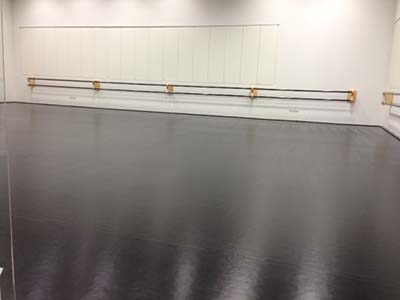Brightening Innovation Through Hue Theory within Illuminated Dance Surface Designs
Brightening Innovation Through Hue Theory within Illuminated Dance Surface Designs
Blog Article
Color concept is an important element of aesthetics, especially when it comes to creating light-emitting diode dancing floors. The interaction of hues can greatly affect the atmosphere and energy of a venue. By grasping how hues function together, creators can craft an environment that improves the overall experience for dancers. This piece examines the basics of hue theory and its use in light-emitting diode dance floor layouts.
The primary hues are crimson, azure, and golden. These hues cannot be created by blending other colors together. Secondary colors, such as green, orange, and purple, are formed by combining main hues. Tertiary colors are created by combining a main hue with a intermediate hue. Understanding these basic relationships helps designers select hues that enhance one another and produce a aesthetically pleasing show. Mixing these hues on an light-emitting diode dancing floor can lead to dynamic and exciting outcomes that attract the attention of participants.
Hue temperature also holds a crucial part in design. Colors can be categorized as warm or chill. Hot hues, such as crimson, tangerine, and golden, often to evoke feelings of excitement and dance floor rental for bar mitzvah warmth. In contrast, cool colors like blue, green, and purple often create a calm and tranquil atmosphere. Creators can use these hue values to establish the ambiance for various types of events. For instance, a celebration atmosphere may benefit from warm colors that invigorate the audience, while a further relaxed event might employ chill hues to offer a soothing influence.
In addition to color pairings and temperature, luminosity and saturation are vital elements to consider. Luminosity denotes to how bright or dark a color appears, while saturation measures the vividness of a hue. Vivid, saturated resource colors can generate a lively and lively atmosphere, ideal for dance floors. On the other hand, gentler, lower intense hues can generate a more subdued atmosphere. Through adjusting luminosity and saturation, designers can attract focus to specific areas of the dancing surface or create visual pathways, leading dancers through the space.
Finally, it is crucial to consider the emotional impacts of color in light-emitting diode dance surface designs. Various colors can evoke different feelings and responses. For example, crimson is frequently associated with passion and energy, while blue can be soothing and peaceful. Understanding these connections allows designers to strategically apply hues to influence the actions of participants. By incorporating hue principles into LED dance surface designs, designers can improve the overall experience, rendering it memorable and enjoyable for all participating.